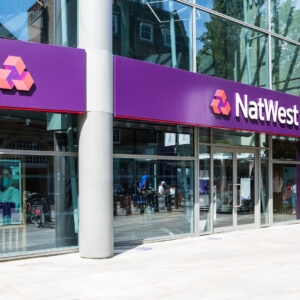Ahead of Open Banking Expo’s inaugural CBDC (Central Bank Digital Currency) virtual event on 28 April 2021, we caught up with the Bank of England’s head of future technology Will Lovell on the difference between wholesale and retail CBDC and the challenges to overcome.
- Where do you see the future of retail/wholesale CBDC?
Retail and wholesale CBDCs are quite different things. Wholesale CBDCs offer great opportunities for efficiency in inter-bank payment and settlement, reducing error rates and reconciliation breaks and, ultimately, improving the efficient use of liquidity. There are also opportunities to improve transparency and reduce compliance costs.
Retail CBDCs – digital cash is a more complex proposition and will take longer to develop. In countries like the UK that have a mature and well-functioning electronic payment system the answer is likely to be feature led – looking at the things current electronic payments cannot do. There is also an important role for financial inclusion, making sure that no-one is left behind as the world digitalises.
- What is the one thing people should take away from this event?
Central banks are taking CBDC seriously and working hard to get the design right.
- What are the most exciting potential benefits of CBDC – where do you see digital currencies really making a difference?
The potential to enable new models of payment, such as smart money or micropayments, with the reliability and stability of fiat money. These currencies can make a difference in enabling new business models, speeding up the payment system while reducing fraud and money laundering. This relies on getting the design right.
- How much of your day-to-day role involves work or conversations around CBDC?
My days are over-filled either with CBDC or the renewal of UK Real Time Gross Settlement (RTGS), which is the system that sits at the centre of the UK payments infrastructure.
- In your work to date, what has been the main challenge of CBDC and how do you see this changing?
The biggest challenge is understanding how the policy aims for a CBDC interact with the technical design. There are many areas where policy around how we issue and manage a CBDC inform what the technology needs to do. At the same time, the technology must be robust and future proof. This throws out some difficult trade-offs. The change is being brought about by the sheer number of people working and collaborating on this in different parts of the world.
You can register for your free place at this event HERE









